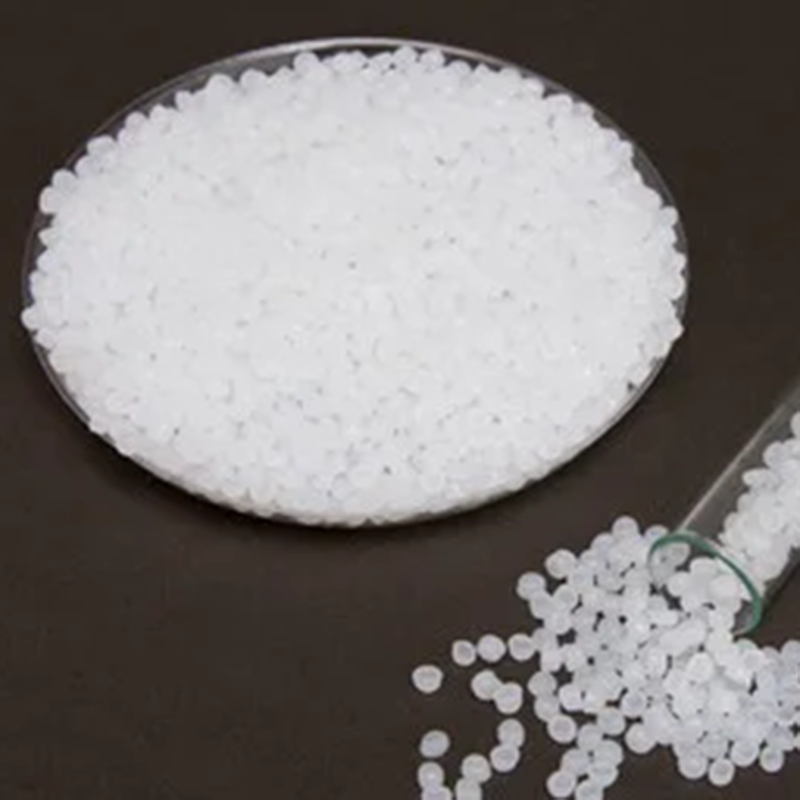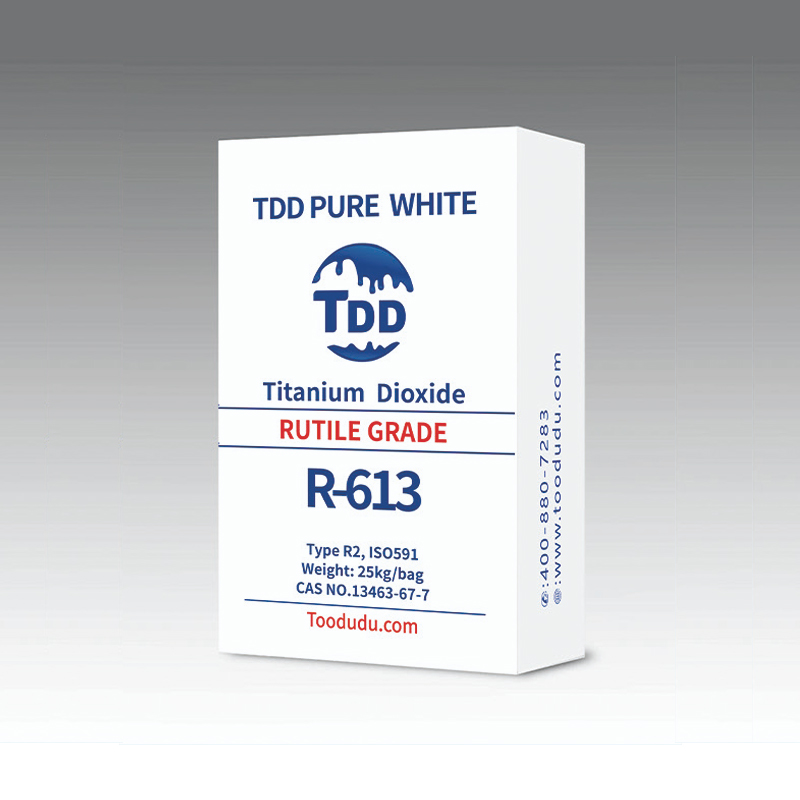Rubble (English: Rubble) is a small piece of broken rock with irregular size, shape, and texture . It may be caused by natural causes or caused by man-made damage. rock Rock is a solid aggregate with a stable shape composed of one or several minerals and natural glass . Rocks composed of one mineral are called monomineral rocks , such as marble composed of calcite , quartzite composed of quartz , etc.; rocks composed of several minerals are called complex mineral rocks , such as granite composed of quartz, feldspar, mica and other minerals. , gabbro is composed of basic plagioclase and pyroxene , etc. Liquids without a certain shape such as oil , gases such as natural gas , and loose sand and mud are not rocks. Rock is one of the materials that make up the earth’s crust and is the main component of the earth’s lithosphere . Among them, feldspar is the most important rock-forming component in the earth’s crust , accounting for 60%, and quartz is the second most abundant ore. Rocks are classified according to their origin, structure and chemical composition. Most rocks contain silicon dioxide (SiO 2 ), and 74.3% of the earth’s crust is composed of the latter. The silicon content in rocks is one of the important factors that determine rock properties. Rocks were an important source of early tools for humans and played an important role in human evolution . Therefore, the first period of human civilization is called the Stone Age . Rocks have always been important materials and tools for human life and production. Classification Rocks are mainly divided into three categories according to their origin: igneous rocks ( magmatic rocks ), sedimentary rocks and metamorphic rocks . In the entire earth’s crust, igneous rocks account for about 95%, sedimentary rocks account for less than 5%, and metamorphic rocks are the least. However, in different circles, the distribution proportions of the three types of rocks vary greatly. 75% of the rocks on the earth’s surface are sedimentary rocks, and only 25% are igneous rocks. The deeper you go from the surface, the more igneous and metamorphic rocks there are. The deep crust and upper mantle are mainly composed of igneous and metamorphic rocks. Igneous rocks account for 64.7% of the entire crustal volume, metamorphic rocks account for 27.4%, and sedimentary rocks account for 7.9%. Among them, basalt and gabbro account for 65.7% of all igneous rocks, and granite and other light-colored rocks account for about 34%. The differences between these three types of rocks are not absolute. As the constituent minerals change, their properties also change. As time and environment change, they will transform into rocks of another nature. Some people therefore think that this classification is arbitrary. application In human development, the application of rocks involves many aspects such as society and technology. Records of rock use by humans and other hominids date back to the Paleolithic Age , 2.5 million years ago . Some of the oldest technologies that are still in use can be found using lithic technology . The mining of metal ores is also one of several important factors in human progress. Depending on the metals available in different regions, the speed of civilizational progress will also be affected. mining Main article: Mining industry Mining is the process of removing valuable minerals or other geological materials from sources such as ores and veins and separating them from the soil. Raw materials that can be collected by mining include alkali metals , precious metals, iron , tungsten , coal, diamonds , limestone , oil shale and rock salt . If a material cannot be produced agriculturally or synthesized in a laboratory or factory , it must be mined. Exploitation in a broad sense refers to obtaining any natural resources from the earth (such as oil , natural gas , salt and even water ). The mining of rocks and metals has begun in prehistoric times. Modern mining procedures include preliminary exploration of the ore body , analysis of the potential benefits of the ore, the raw materials required for mining, and, if mining is completed, restoring the land so that it can be used for other purposes. The nature of the mining process can have potential negative impacts on the environment, both during and after mining. Most countries around the world therefore have laws governing the negative impacts of mining processes. Make building materials Marble: The rock surface of marble has a fine texture and is often used as a wall or floor. Since marble is metamorphosed from limestone and its main component is calcium carbonate, it is also a raw material for making cement. Marble is soft and delicate, making it a good sculpture stone. Many famous statues are made of marble, such as the famous Venus statue. Others, such as walls or decorations, are often made of marble, such as vases, ashtrays, tables and other household items. In addition, there are also a large number of artificial stone building materials produced from its stone powder ; its properties are very similar to natural marble. Granite: Taiwan’s native granite can only be seen in Kinmen , so almost all old houses in Kinmen are made of granite. The granite used in temples in Taiwan comes from Fujian and is mostly used for dragon pillars, floor tiles, and stone lions in temples. Slate : Because it easily breaks into thin sheets and is easily available in mountainous areas, aboriginal people still use slate as a building material to build slate houses or walls. Conglomerate : Some conglomerates contain pebbles and sand and are poorly cemented, making them easily dispersed. For example, this conglomerate is found in the Quaternary Touchan Mountain Formation in western Taiwan, in which pebbles and sand are both building materials. Limestone : The most common limestone in Taiwan is formed from coral and is commonly known as coral reef limestone. In Penghu, coral reefs are commonly known as “stones” and are used by residents as building materials for walls to shield them from the strong northeast monsoon and protect crops. Mudstone : Since its main component is clay, it has been used as a raw material for bricks and pottery since ancient times. Andesite : Due to its hard material, it is also commonly used as dragon pillars in temples, stone carvings on walls, tombstones, floor tiles, etc.





